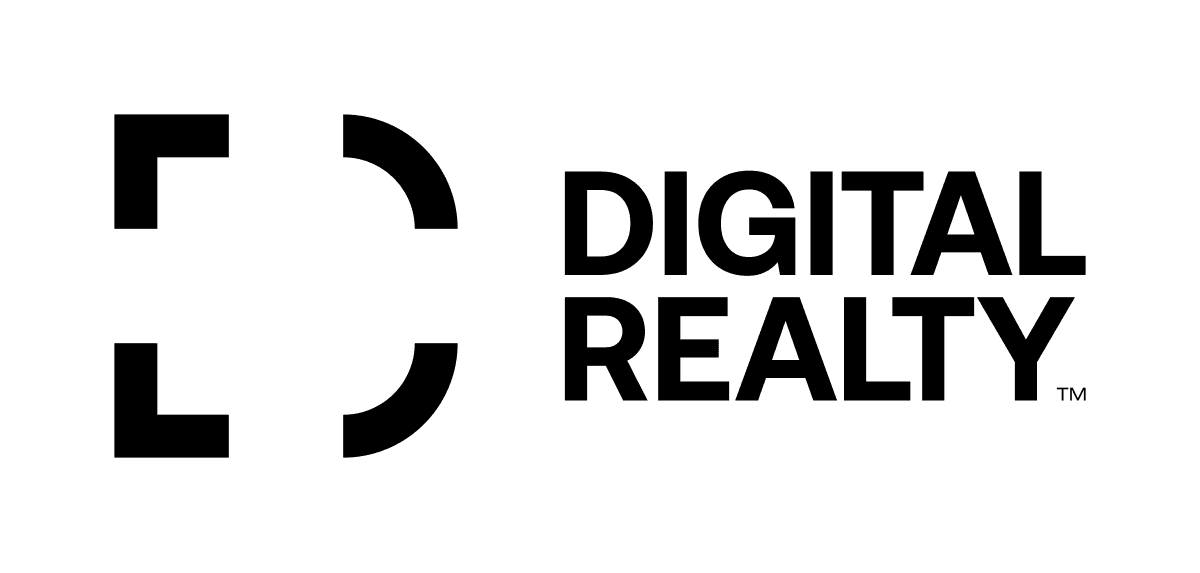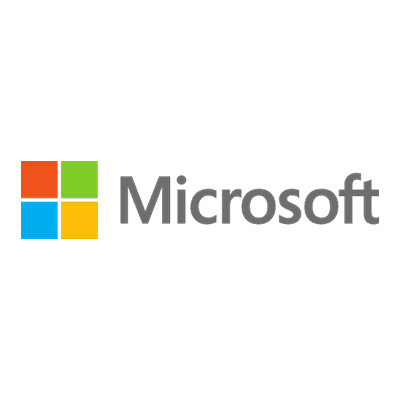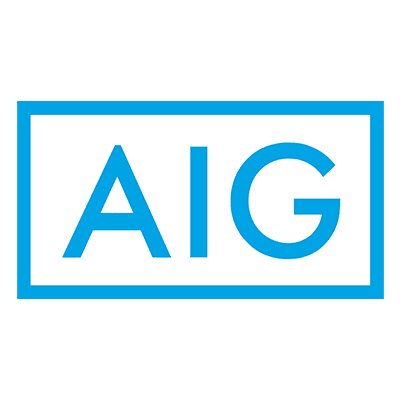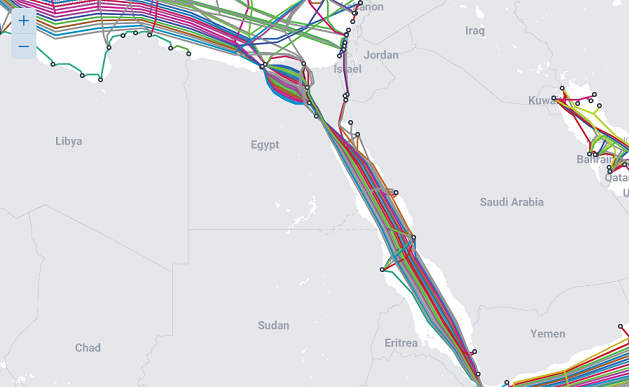
26 Feb 2024
West and Central Africa Feel Effects of Submarine Cable Disruptions
Effects from undersea cable damage in the Red Sea – whether caused by deliberate terroristic acts, accidents, or even natural causes – are cascading throughout the region and utterly disrupting Internet service throughout West and Central Africa. There are almost 20 massive, multi-terabit cables traversing the Red Sea north to south, all connecting into the global system of more than 500 cables spanning more than 800,000 miles.
Four of them – identified as the Seacom, European India Gateway (pictured), Tata-TGN, and Asia Africa Europe-1 cables – have been cut or damaged in some fashion, disrupting their customers, and have had a spill-on effect in several other cable systems located off the coast of West Africa.
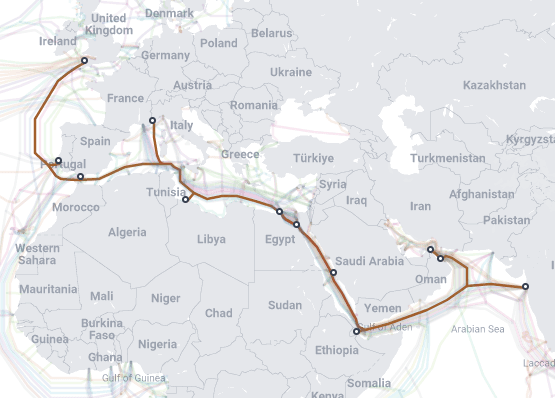
Billions of Dollars Invested
These cable systems run between 9,000 and 15,000 miles, representing investments of US$600 million to almost $1 billion each, and each can fill millions of megabit connections simultaneously. Reports indicate that Google's Equinario cable (pictured), which runs down Africa's western coast, has been designated to reroute some of the Internet traffic.
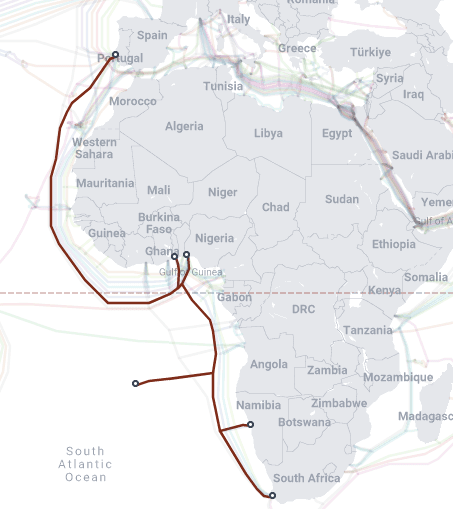
Growing Connectivity in a Developing Region
African nations have been working in recent years to upgrade their Internet connectivity and overall Digital Infrastructure, with varying degrees of accomplishment. Internet access through West and Central Africa currently ranges from 7% to more than 50%, while average Internet speeds range from around 5% to 25% of speeds found in the developed world. Most nations in the regions have sub-optimal mobile subscription rates as well, impeding the ability of mobility to compensate for the cable-based disruptions.
Digital Readiness Varies Throughout the Regions
IDCA's Digital Readiness Index of Nations has complete data on 15 Central and West African nations (containing more than 500 million people), and finds an average overall score of 36 on a 0-100 scale, compared to a world average of 46. The Index measures hundreds of factors in four categories – Economy (including Digital Infrastructure), Environment (including Sustainability), Social conditions, and Governance.
Nations scoring at or close to the region's average include Angola, Côte d'Ivoire, Gabon, and Mali. Nations scoring above the average include Ghana and Senegal. The area's most populous nation, Nigeria, scores below the regional average, albeit still maintains the largest economy in all of Africa.
All of these nations depend on increasing Internet deployment and speed, supported by a strong digital foundation and nascent, growing app-based service economies. These disruptions, whether specifically targeted at Africa or not, will have a dramatic effect on their economies should they continue much longer.
Images from Submarinecablemap.com
Follow us on social media:


.d57b427b.png&w=3840&q=75)

